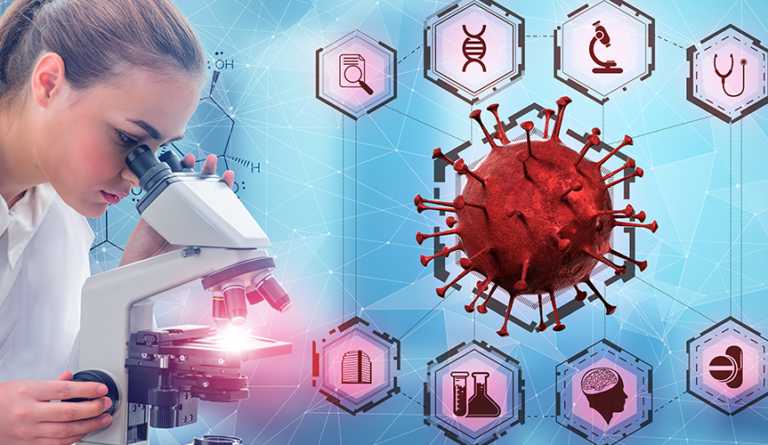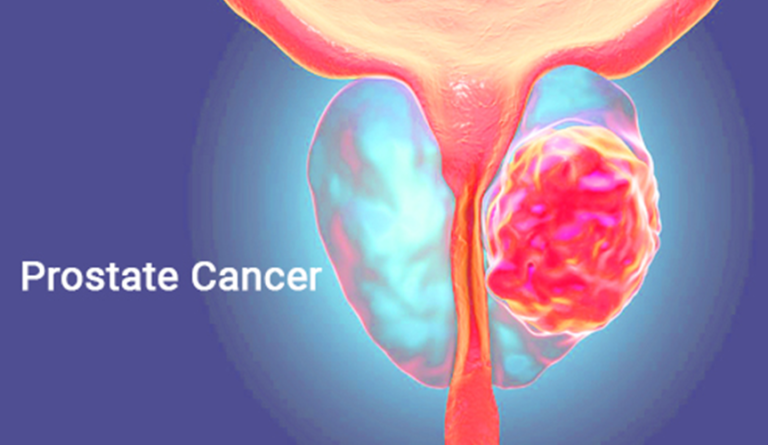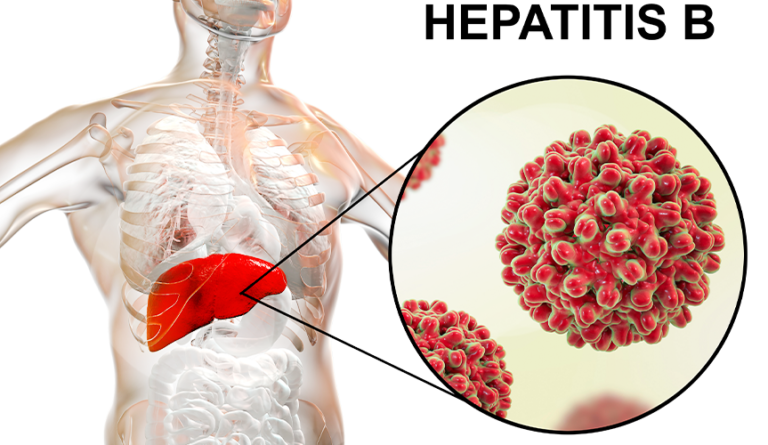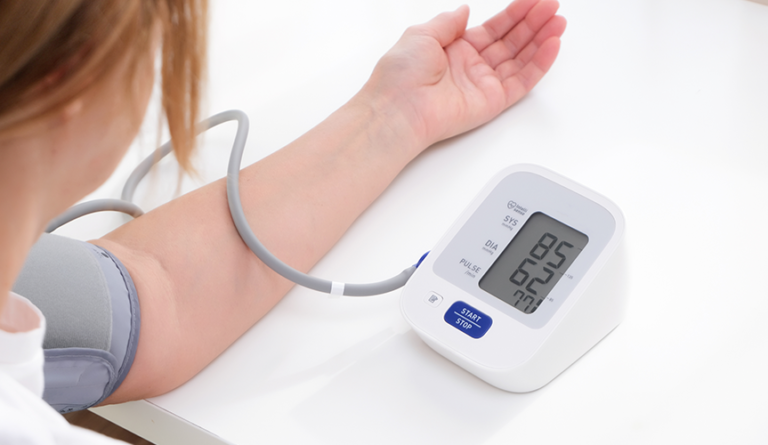An active pharmaceutical ingredient (API) is a raw material converted into an active pharmaceutical ingredient through physical or chemical processes. In order to synthesize APIs, complex chemistry and a wide range of processing techniques may be required depending on the complexity of the molecule.
There has always been fierce competition in the API manufacturing market. API manufacturers are becoming increasingly important to pharmaceutical companies to increase efficiency. Pharmaceutical giants, however, are increasingly outsourcing their manufacturing. Pharmaceutical organizations must take every step possible to ensure the quality and safety of the medications they produce. One of these steps is ensuring active pharmaceutical ingredients are included in the medications. Ingredient suppliers and intermediaries are usually the main ingredients for big players.
Companies should always be on their toes when selecting the right active pharmaceutical ingredient manufacturers since APIs are the most important component of medication as they contain the most medicinal properties.
Table of Contents
4 Tips to Choose API Suppliers
1. Ensures high standards of quality
Customers have identified that learning about the supplier’s proactive efforts to protect their systems against data manipulation was another crucial factor they identified as important. When the FDA and other regulatory agencies conduct inspections of a company, they check the integrity of the data and issue warning letters when they find any problems, which can pose a significant red flag to the company. Officials are also on the lookout for any violations of environmental regulations that may have occurred. Chinese authorities, for instance, are trying to curb pollution, which has a negative impact on manufacturers in certain regions. According to the customers, prospective API suppliers should check whether they have a plan to address these new risks.
2. Research & Development
Any pharmaceutical company’s research and development (R&D) is vital, but API manufacturers’ R&D is equally critical. Research and development are primarily concerned with producing a safe and effective product. You can come up with a better solution for your customers if you do more research on your product.
Due to their complexity, APIs demand more attention than other types of drugs because they can’t be tested as quickly as, for example, antihistamines or antianxiety medicines could be tested against each other if they contained multiple API raw materials instead of just one. Consequently, if a person wants their medication tested against a similar drug like Vicodin, they’ll need to undergo several tests before FDA approves it. Getting new products out faster would be a slower process since everything has already been approved in advance, so maybe this isn’t an appealing choice after all.
3. Background Information
Pharmaceutical sourcing and procurement strategies must be innovative to ensure quality products. Conducting a thorough background check on your supplier is essential to getting high-quality products. Researching the API supplier thoroughly will assist you in identifying his market standing, financial strength, business practices, licensing, existing clients, and client base, among many others.
Getting to know your potential supplier’s clientele-who the supplier serves-can help you make an informed decision about him. Suppliers that cater to top brands, for instance, are undoubtedly reputable. Additionally, it is important to obtain testimonials from past and current clients of the supplier because your business’s reputation is at stake. Companies must ask for references in discussions regarding future business opportunities.
A supplier’s annual turnover and API manufacturing capacity should also be checked when checking their background. The information can help you determine how far they have progressed in API development.
4. Transparency
When choosing reputed API manufacturers, much consideration should be given to transparency. An important aspect of transparency is the willingness of the manufacturer to provide information about their products, such as product quality, production methods, and other details pertaining to the products. As a result, you will be able to get exactly what you need at a reasonable price while maintaining healthy relationships with your customers, thus building trust between you and them in the long run.
Why Choose Bulat Pharmaceutical?
Bulat Pharmaceutical is a full-service export company based in India specializing in pharmaceutical exports. Our platform was created to aid international buyers in getting export quality material from India without worrying about the supplier’s size, quality, or quantity. The team of experts at our company operates across India and can help you make safe transactions.
Custom synthesis and analytical service companies are an ever-growing domain in which we provide unique and personalized services to our clients. The company was established to provide innovative solutions to research and development teams. We have become a trusted and preferred supplier for various drug industries.
Bulat Pharmaceutical has become a one-stop solution provider for chemical synthesis and analysis services for a broad range of industries in India and internationally. Our customized and timely service led to an established benchmark of quality products delivered on challenging consignments. Experts on our team are always on hand to provide unique solutions.
Delivering quality materials and fulfilling business needs most affordably is our mission. Business relationships with India need to be long-term, and we support businesses in building a reliable export chain.
Conclusion
As pharmaceutical ingredients manufacturers and intermediates play one of the most important roles in modern drug development, it is extremely important for the pharmaceutical company procuring the API to ensure all its requirements are met before selecting a supplier. The points mentioned above will assist you in procuring APIs and Pharma Intermediates on time.











